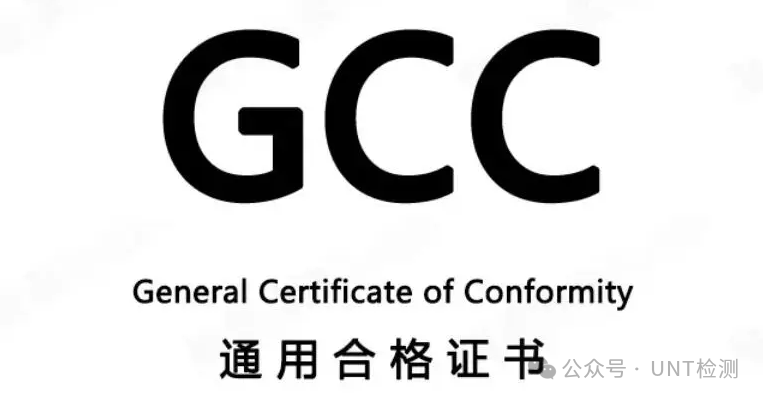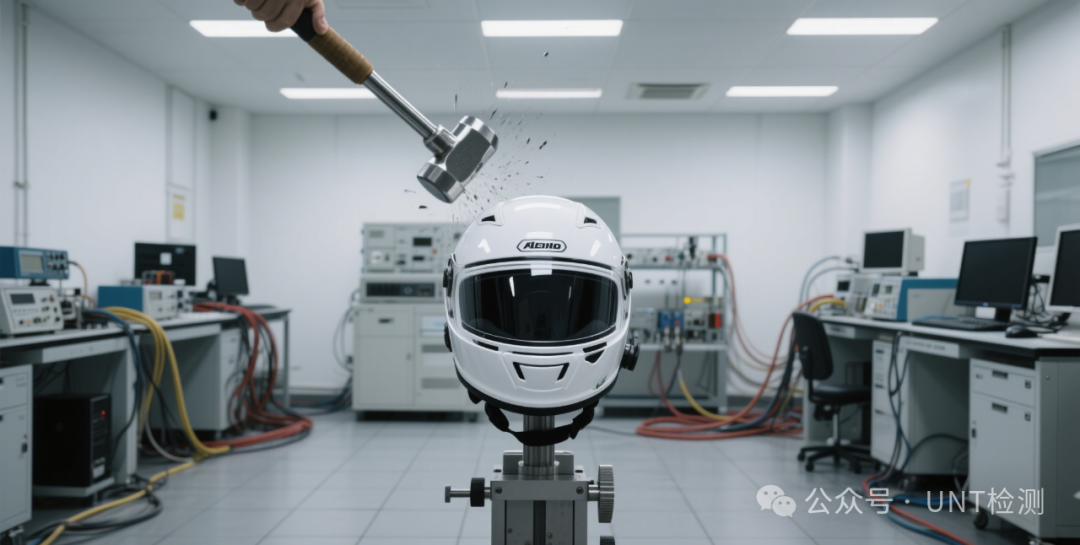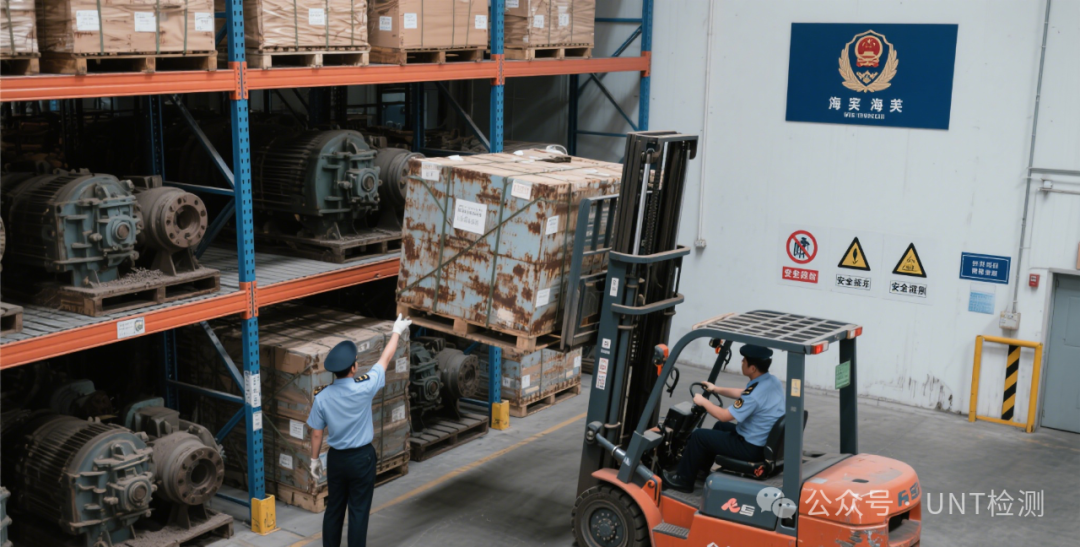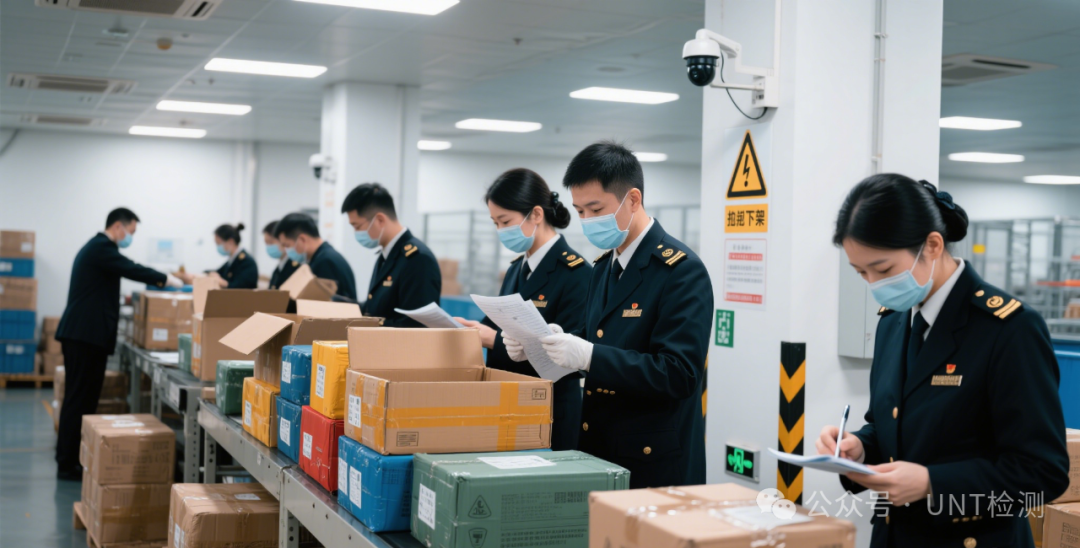1. What is GCC Certification and Why is it Important?

The General Certificate of Conformity (GCC) is a mandatory safety certification established by the U.S. Consumer Product Safety Commission (CPSC) for non-children’s products. It certifies that the product complies with U.S. federal consumer product safety regulations and serves as a “passport” for entering the U.S. market.
Core Significance:
Legal Compliance: Products without GCC certification may face customs detention, hefty fines, or even criminal penalties.
Hard Threshold for E-commerce Platforms: Platforms like Amazon and TEMU explicitly require GCC certificates for categories such as bicycle helmets and adult apparel; otherwise, products will be removed.
Consumer Trust: The certification mark serves as a “trust endorsement” for product quality, enhancing brand competitiveness.
2. Which Products Require GCC Certification?
Table of Products Requiring GCC Certification
| Product Category | Example Products | Applicable Notes |
|---|---|---|
| Sports Protection | Bicycle helmets, roller skate helmets (adult) | Must comply with CPSC and ASTM standards (e.g., ASTM F1447) |
| Home Products | Mattresses, carpets, bunk beds | Mattresses must meet the 16 CFR 1632 flammability standard |
| Tools | Electric lawn mowers, portable gas containers | Must pass mechanical safety and material stability tests |
| Others | Adult clothing, fireworks, vinyl plastic films | Clothing must label fiber content; fireworks must meet combustion performance requirements |
Note:
-
GCC certification is only for non-children’s products; children’s products require CPC certification.
-
Specific testing standards vary by product type (e.g., bicycle helmets must comply with 16 CFR 1203).
-
Special Note: If the product is intended for children aged 12 and under, CPC certification (Children’s Product Certificate) must be obtained, which is fundamentally different from GCC.
3. GCC Certification Regulatory Standards and Applicable Product Comparison Table:
| Regulation/Standard | Applicable Product Range | Key Requirements |
|---|---|---|
| 16 CFR 1263 | Consumer products containing button/coin batteries (non-child toys) | 1. Battery compartments must be child-resistant (screwdriver or two-step operation) 2. Packaging and products must have clear warning labels (orange background “WARNING”) |
| ANSI/UL 4200A | Same as above | 1. Must pass ISO 17025 laboratory testing 2. Provide a test report with product images (proving consistency with the sold item) |
| 16 CFR 1700.15 | Independent button/coin batteries | Child-resistant packaging requirements (must pass child-resistant packaging tests) |
| Public Law 117-171 | Same as above | Warning labels must include ingestion hazard descriptions (e.g., “Ingestion may cause chemical burns within 2 hours”) |
Examples of Applicable Products:
Calculators, remote controls, flameless candles, musical greeting cards, clocks, keychain flashlights.
Button battery models (e.g., CR2032, CR2025) and their application products (motherboards, electronic scales, etc.).
4. Detailed GCC Certification Process
1. Confirm Product CategoryDetermine if GCC certification is required based on the CPSC control list (e.g., bicycle helmets must comply with 16 CFR 1203 and ASTM F1447 standards).
2. Sample Testing
Testing Items: Includes impact absorption, puncture resistance, retention system strength, performance in high/low temperature/humidity environments, etc.

3. Laboratory Selection: Can self-test or entrust a third-party laboratory (e.g., CPSC recognized institutions), but the report must be in English.
4. Prepare Documents
-
Product information (model, production date/address);
-
Test report (including laboratory name, test results);
Details of the importer/manufacturer.
5. Submit for ReviewAfter passing the certification agency review, obtain the GCC certificate (either electronic or paper version is acceptable).
Cycle and Costs:
Cycle: Usually 7 working days (may be extended for complex products);
Costs: Testing fees range from $1,000 to $10,000, certificate fees from $500 to $2,000.
5. Seller Pitfall Guide: Common Issues and Solutions

1. Document Consistency
-
Trap: Test reports do not match product model and manufacturer information;
Countermeasure: Ensure that the model and manufacturer name in the documents match exactly with the physical label, avoiding the use of pinyin addresses.
2. Testing Timeliness
-
Trap: Using expired test reports;
Countermeasure: Even if regulations do not mandate it, it is recommended to retest annually, especially when product design changes.
3. Platform Rule Differences
-
Trap: TEMU requires 100% upload of GCC for textile products, while Amazon focuses on categories like bicycle helmets;
Countermeasure: Check the latest platform policies in advance and prepare materials accordingly.

6. The Significance of GCC Certification: More Than Just Compliance
1. Market Access: Break through U.S. customs and platform review barriers to avoid losses from goods being held;
2. Brand Premium: Certified products are more likely to gain favor from consumers and distributors;
3. Risk Prevention: Avoid legal disputes and protect corporate reputation. “Is your product ready to conquer the U.S. market? Share your GCC certification experiences or consult certification challenges in the comments!”
Finally, here is a comparison table of GCC and CPC certifications:
| Comparison Item | GCC Certification | CPC Certification |
|---|---|---|
| Applicable Objects | Non-children’s products (mainly for adult use or general products) | Products designed or intended for children aged 12 and under |
| Testing Requirements | Can be based on self-built laboratory or third-party laboratory test reports | Must be issued by a CPSC-recognized third-party laboratory |
| Legal Basis | U.S. Consumer Product Safety Improvement Act (CPSIA) and the product list issued by CPSC | Same as above, but must also comply with specific standards for children’s products (e.g., CPSIA lead/phthalate restrictions) |
| Core Product Range | – Home Products: Mattresses, carpets, bunk beds – Tools: Electric lawn mowers, portable gas containers – Others: Fireworks, adult clothing |
– Children’s Toys: Building blocks, dolls – Infant Products: Cribs, safety seats, cradles – Children’s Clothing: Sleepwear, accessories |
| Certification Process | 1. Submit materials and samples 2. Laboratory testing (can be self-selected) 3. Issue GCC certificate |
1. Submit materials and samples to CPSC-recognized laboratory 2. After passing the test, issue CPC certificate |
| Document Requirements | – Product information and test report (in English) – Importer/manufacturer information |
– Detailed report including test items and legal basis – Tracking labels and production information (down to the city) |
| Legal Responsibility | The manufacturer or importer is responsible for the authenticity of the certificate, even if drafted by a third party | Same as above, but must also include warnings for children’s product compliance (e.g., small parts warnings) |
| E-commerce Platform Requirements | Platforms like Amazon and TEMU require it, or products will be removed | Same as above, children’s products must upload CPC certificate and test report |
